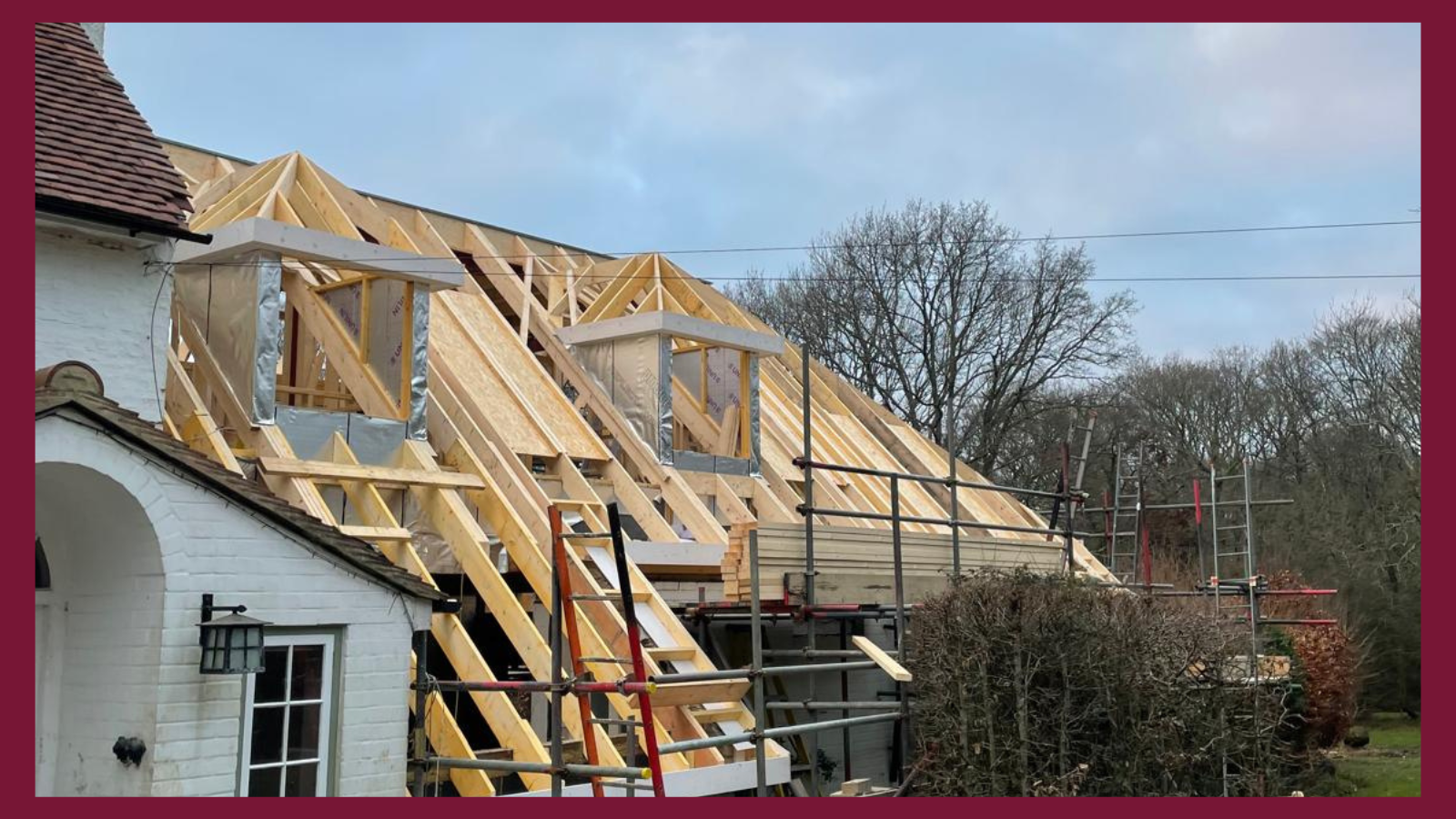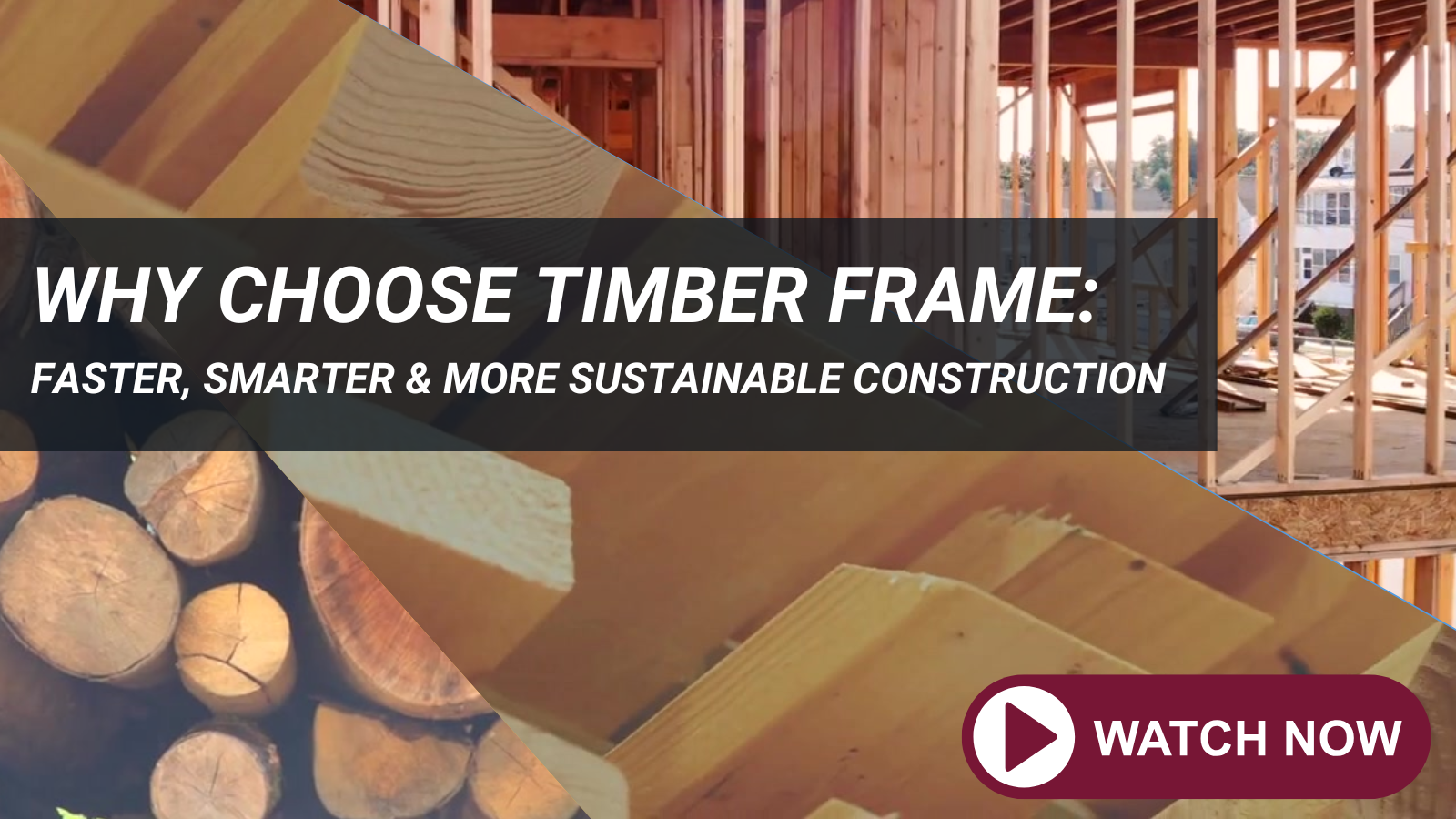Shining a spotlight on some of the most exciting timber frame buildings in the world

Timber frame can be used on everything from self-build homes to commercial apartments, care homes to 25-storey towers. Hold onto your hats as we take a global tour of some of the most inspiring examples of timber frame construction.
Mjøstårnet (Brumunddal, Norway)
Even the name of this structure is attention grabbing. Mjøsa is the name of Norway’s biggest lake and Mjøstårnet, which overlooks the lake, means Mjøsa tower. The building hosts a hotel and restaurant, as well as a mix of commercial and residential space. In total, the 18 storeys rise to 280 ft (85.4 m).
Mjøstårnet is classed as an all-timber structure. Note that this is a technical definition which does allow for some non-timber supporting elements. Still, all vertical and horizontal loads throughout the structure are supported by engineered wood. Load-bearing elements are primarily made from glulam (glued laminated timber). Cross laminated timber beams also feature extensively.
The construction approach chosen is partly a nod to the strong timber industry of this part of Norway, but the sustainability credentials of timber were also central to plans. The structure stores carbon in every wooden element, with Norwegian law also requiring forest owners to regenerate harvested areas within three years.
The structural mass timber was left exposed inside, making the tower quick to build. The groundwork for the project began in April 2017 and the first timber construction took place just six months later.
Architectural Journal, Dezeen
From one tall timber framed structure to another, we head state side for the next featured project.
Ascent (Milwaukee, USA)
When Mjøstårnet was completed in 2019, it became the world’s tallest timber-frame structure, but lost that status in 2022 with the opening of Ascent. The newer skyscraper is just 1.2 m taller, so Norway may feel a little robbed.
The first 6 floors of Ascent feature retail and amenity spaces, with 19 levels of apartments above that. Concrete is used for the base and some elements of elevators and stairwells, with glulam and cross laminated timber again being the key materials in use.
The building façade is glass, but the wooden construction is emphasised internally. Many of the timber supports are visible. Project architects were inspired by the concept of biophilic design, which seeks to bring a sense of the natural world into our urban spaces.
The below quote also nicely sums up some of the other key benefits of building with timber:
We estimate that mass timber construction projects like Ascent require 90 percent less construction traffic, 75 percent fewer workers on-site, and are 25 percent faster than traditional construction projects.
Tim Gokhman, Managing Director at project developer New Land Enterprises
The question is, why wouldn’t you choose timber, with all these advantages?
The Black & White Building (London, UK)
From the US to the UK, the aim of this new structure in London is to offer firms flexible office space. At six storeys, it is no challenger for global height records, though it is the tallest engineered timber office building in central London. Other ambitious aspects of the project have certainly captured attention worldwide.
Sustainability was the theme here, with the extensive use of wood allowing a 37% reduction in carbon emissions, compared to an equivalent concrete and steel structure. Concrete was needed for the foundation, but the framework above is formed of laminated veneer lumber and cross-laminated timber. Wood is again highly visible, both inside and out.
Speed was also a consideration:
Putting up a timber construction is also about four to six months faster than conventional building methods.
Andrew Waugh of project architects Waugh Thistleton
Old Government Buildings (Wellington, New Zealand)
From new to old, this is a single structure – despite the name – and was completed in 1876 to house ministers and civil servants. The young country had only been upgraded from a dependency of New South Wales to a crown colony 35 years earlier. Today, the building houses the law school of Victoria University.
In keeping with the architecture of Wellington, where most houses are timber-framed, construction used planks of kauri wood and a frame of Australian hardwood. Visually, the building was designed to look like stone. It is very near a fault line, however, with inflexible materials avoided partly due to that concern.
Until 1998, this magnificent heritage structure was the second largest wooden building in the world. We’ll concentrate mostly on structures with relatively modern construction here, but if you’re curious as to what building this one came second to in size, it was Tōdai-ji, a Japanese Buddhist temple which still stands proudly, despite having been opened in AD 752. Hōryū-ji, another of the Seven Great Temples is even older, having been completed in 711.
An award-winning timber home in Aberdeenshire, UK
Back to the UK, and we’ll round off with a more prosaic structure than these now world-famous timber landmarks, but also an inspiring project. This new build family home from Fiddes Architects was chosen as Best Timber Frame Home at the Build It Awards, 2022.
The location is highly exposed, so it was important to complete construction of the building envelope as quickly as possible. Using timber frame meant that could happen in just four weeks!
Aberdeenshire is not famed for its Mediterranean climate; the 140mm frame is fully filled with mineral wool insulation and has additional PIP insulation internally as well as timber cladding.
By sharing this eclectic range of timber frame buildings, we hope to not only have inspired you, but also showcased some of the benefits of building with timber, whatever your project.
NOTES: you can find additional information about these projects here


